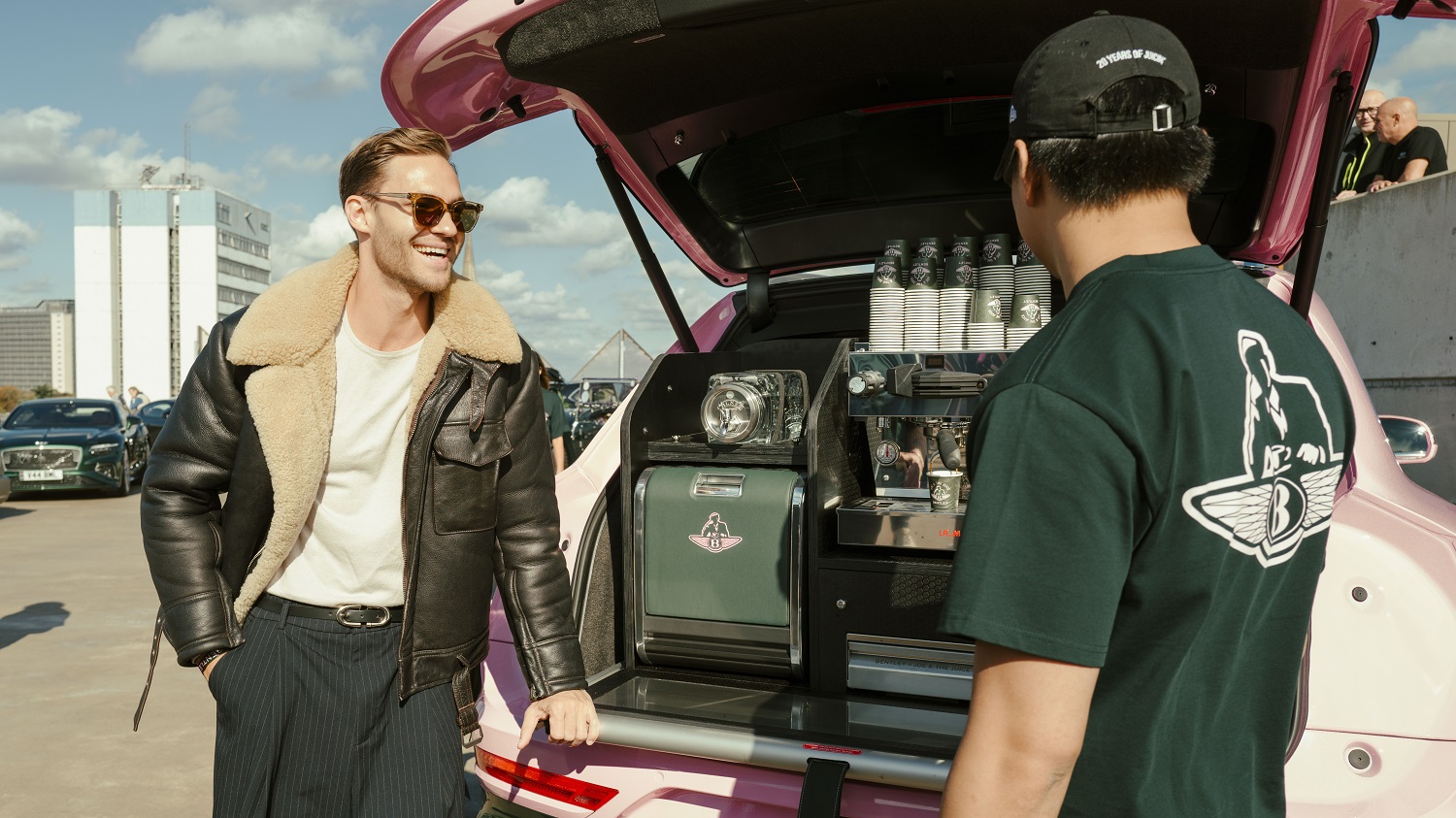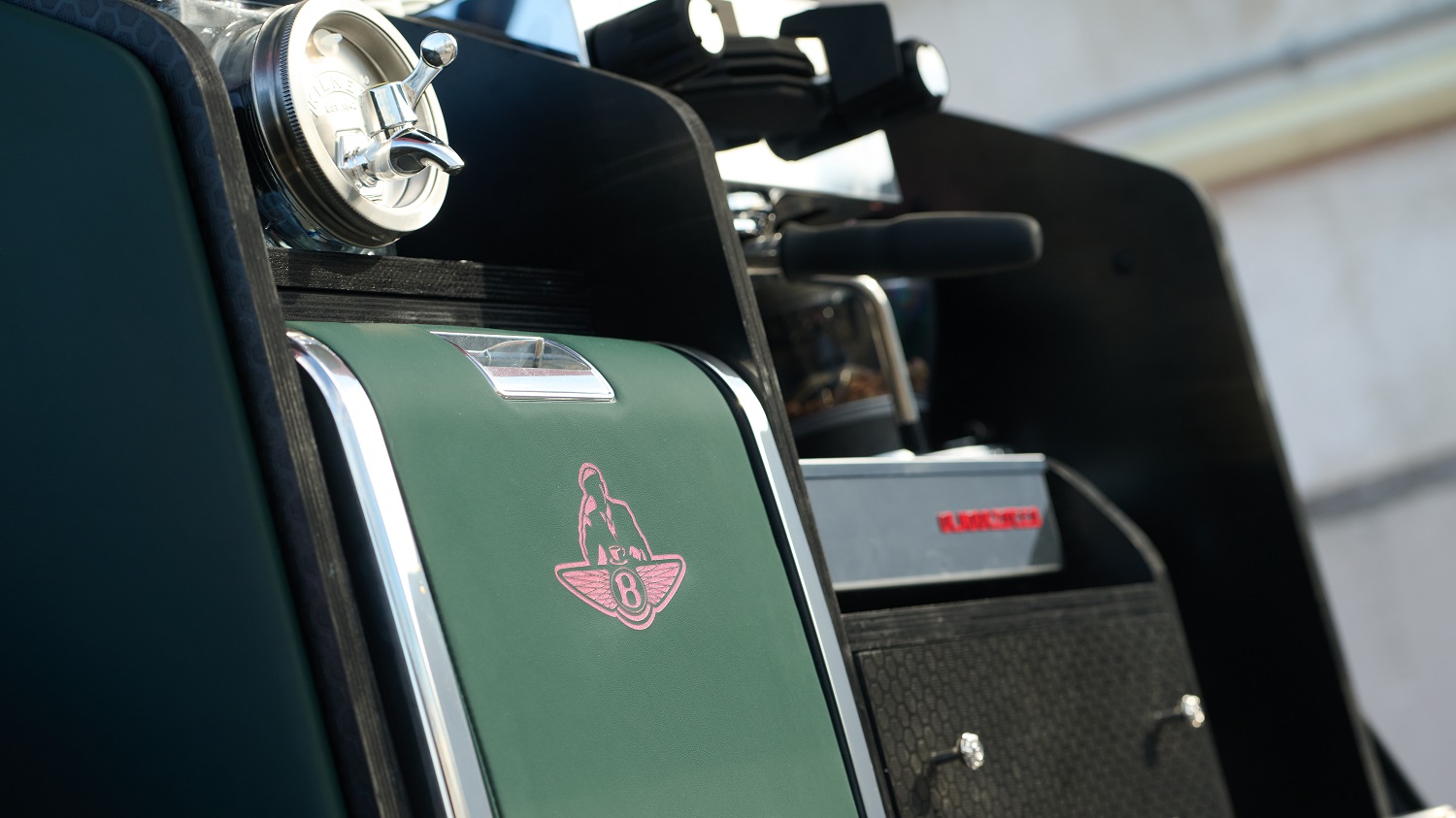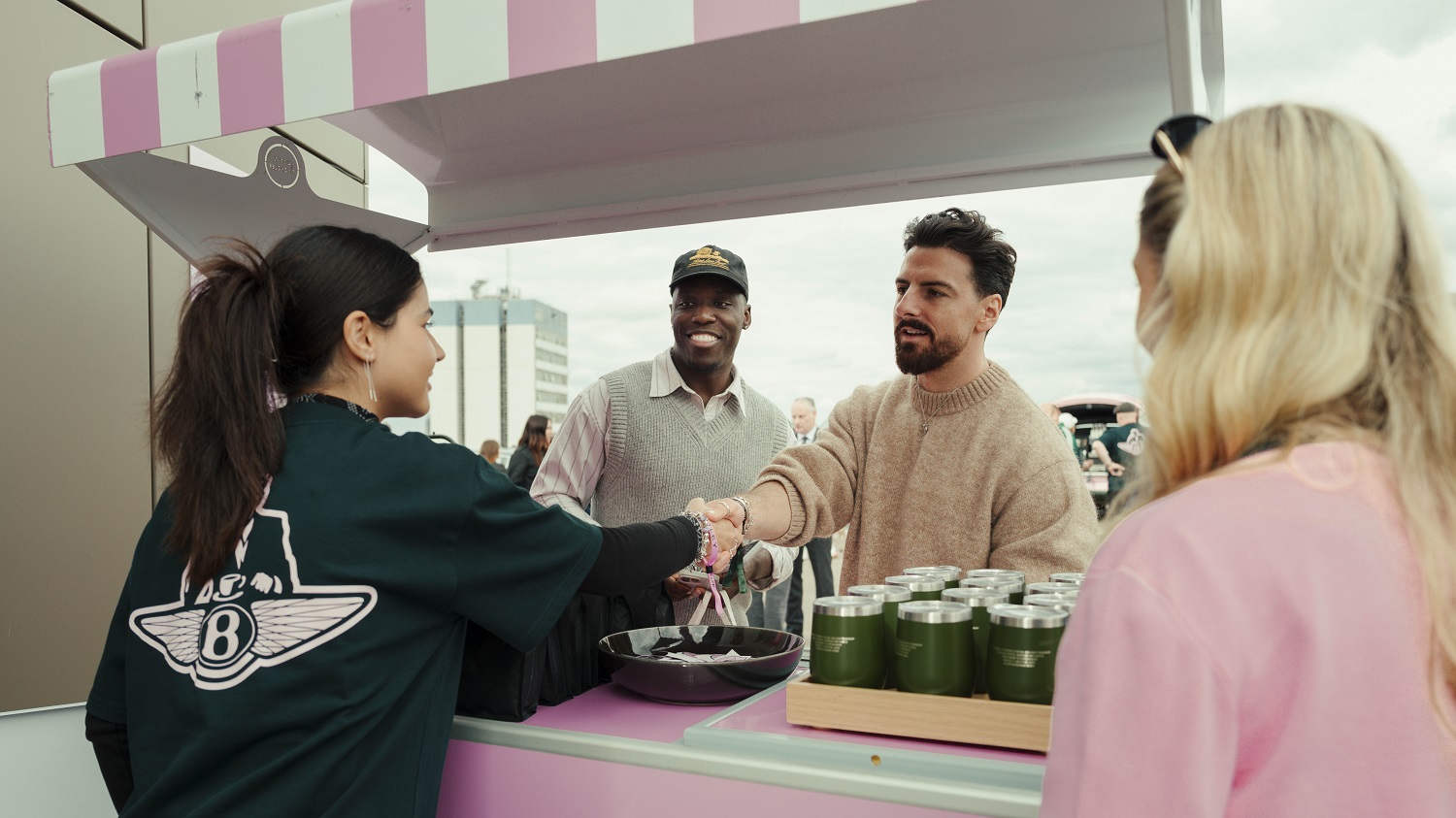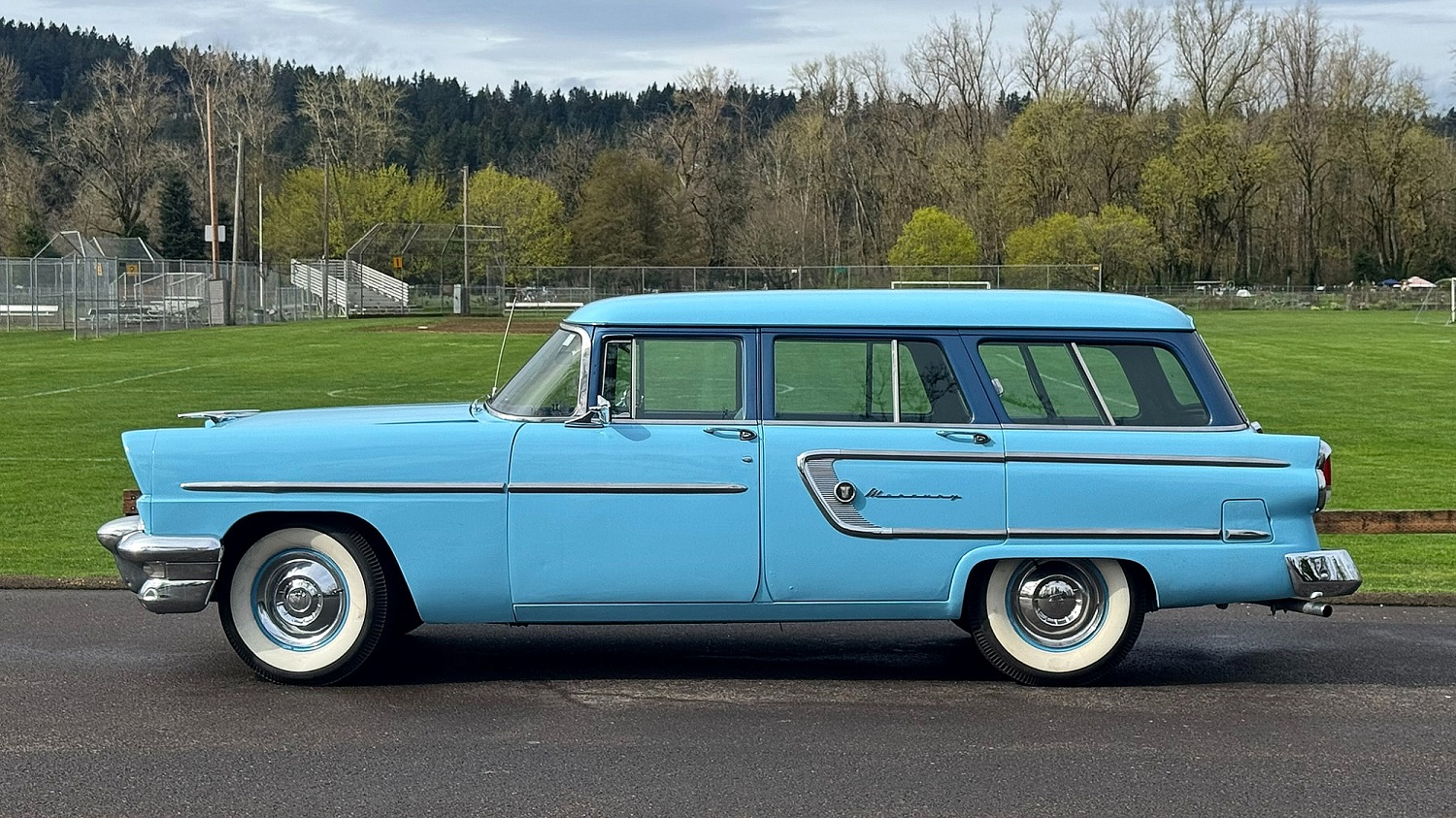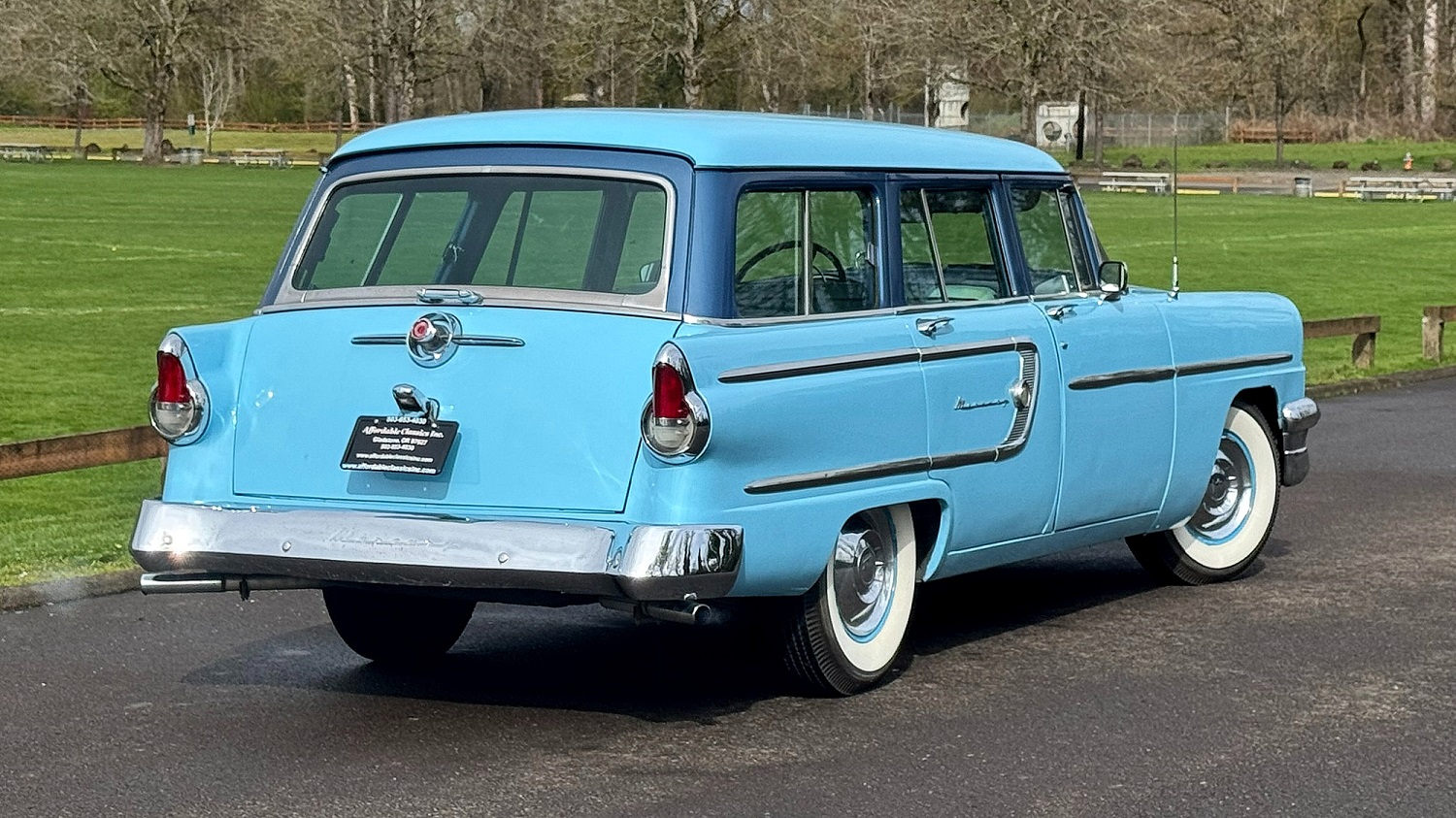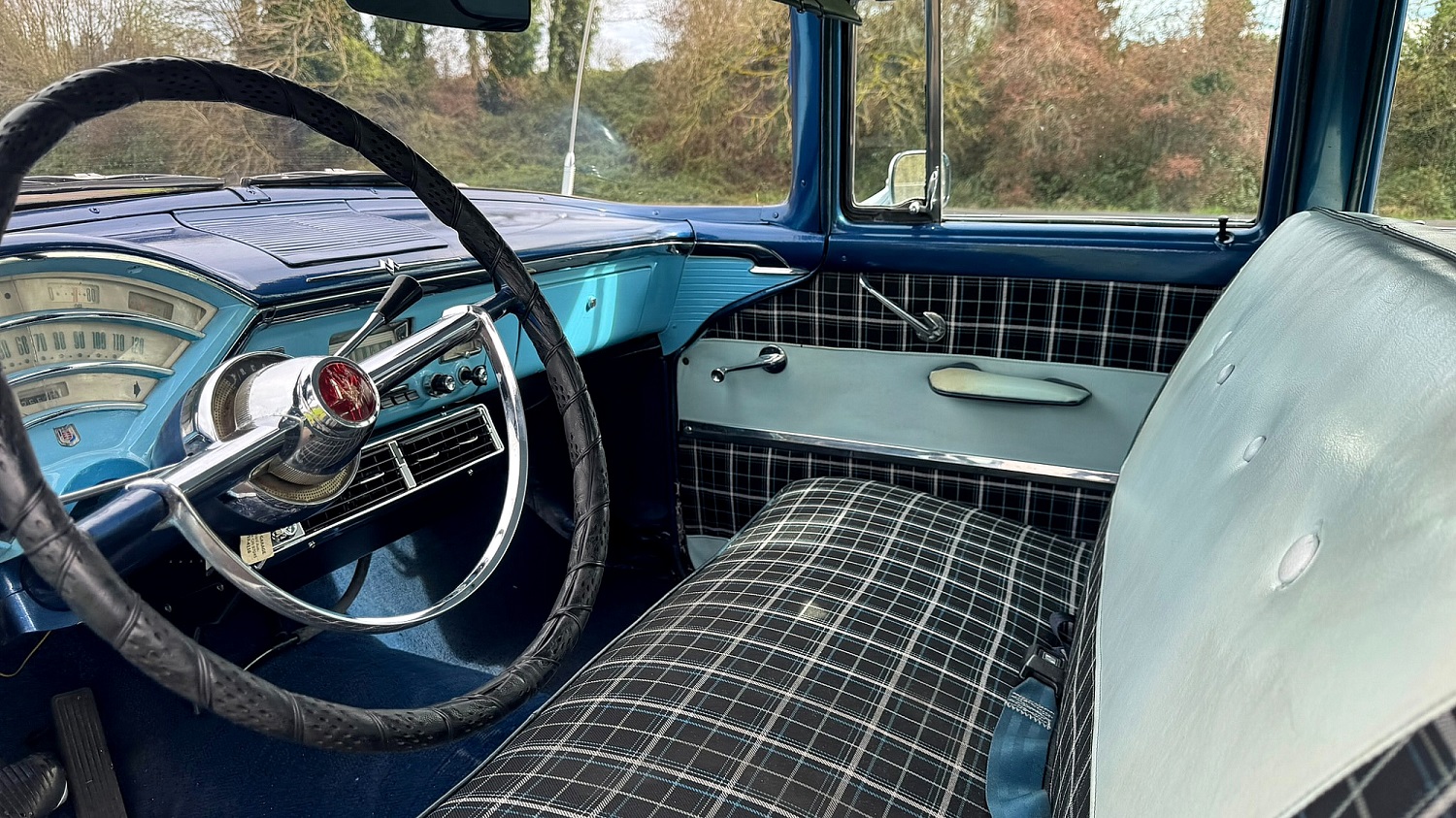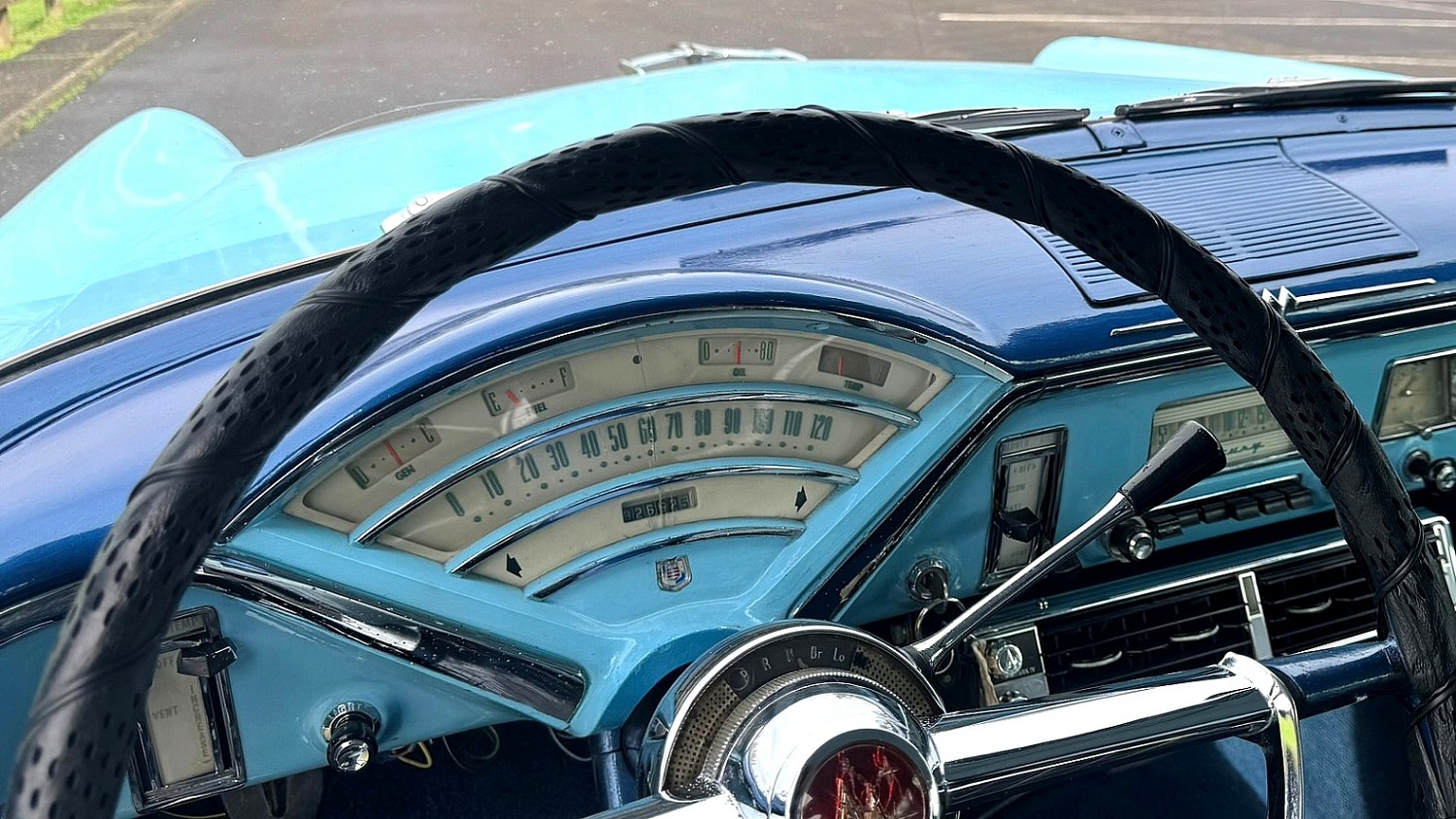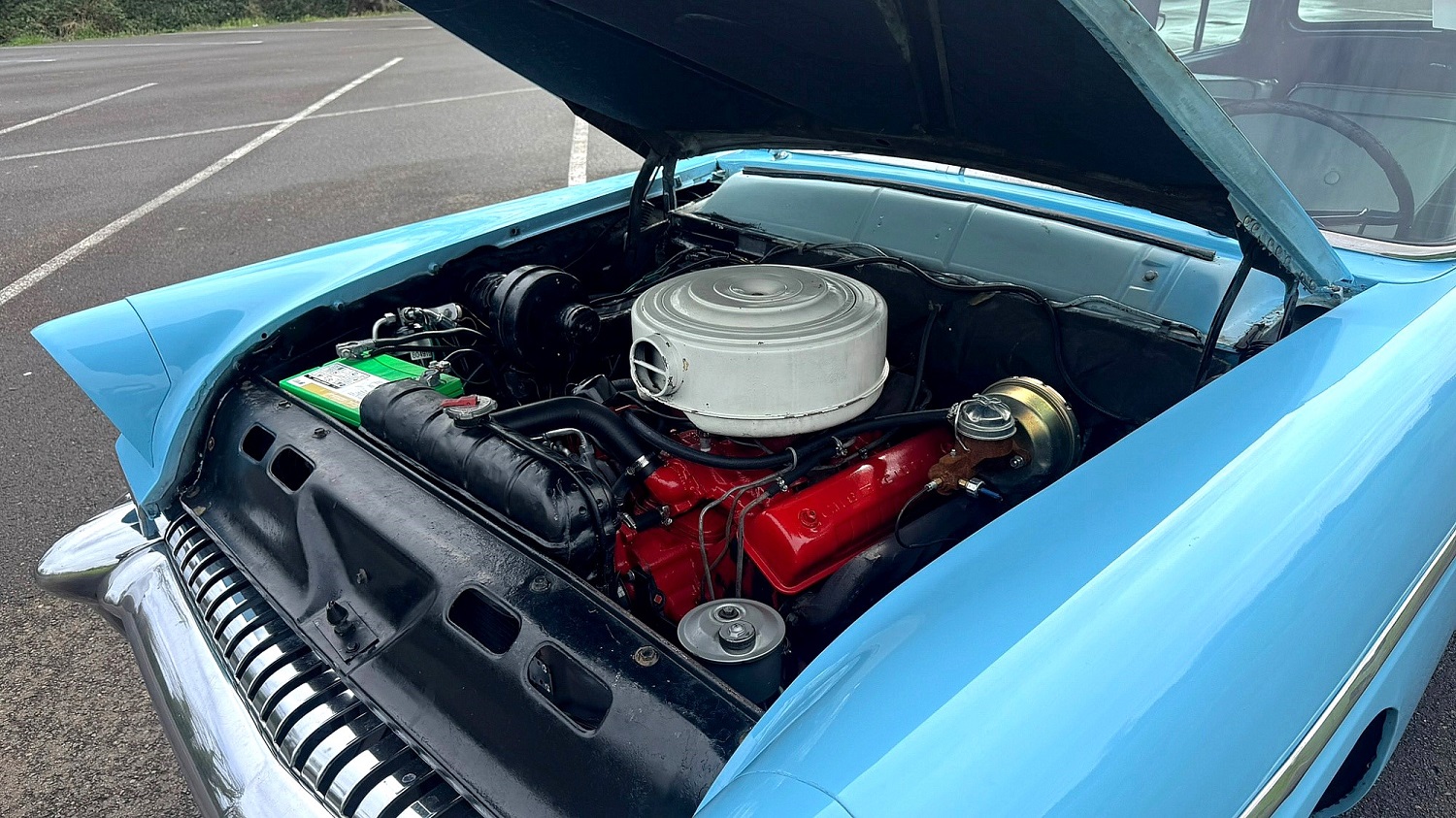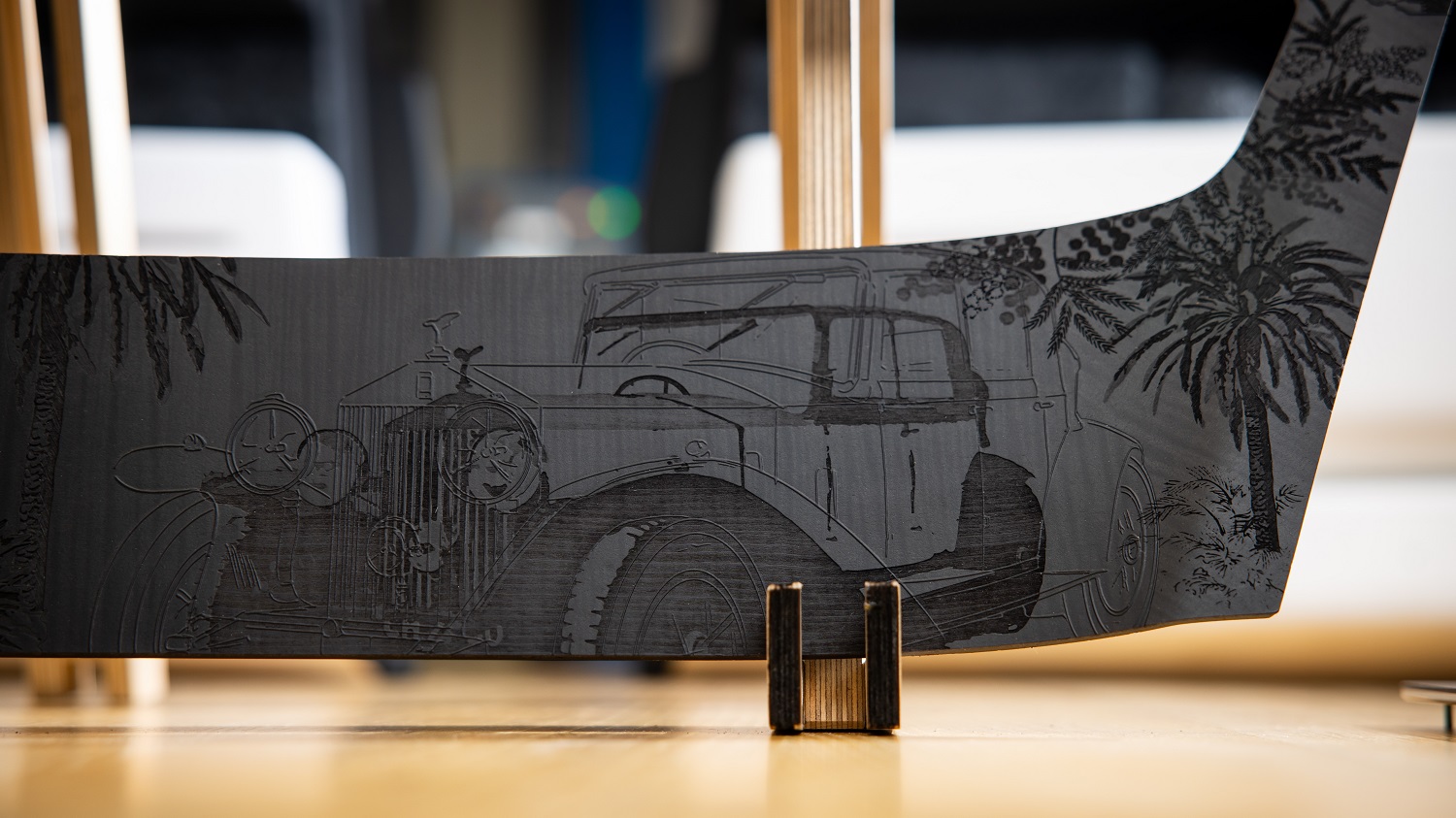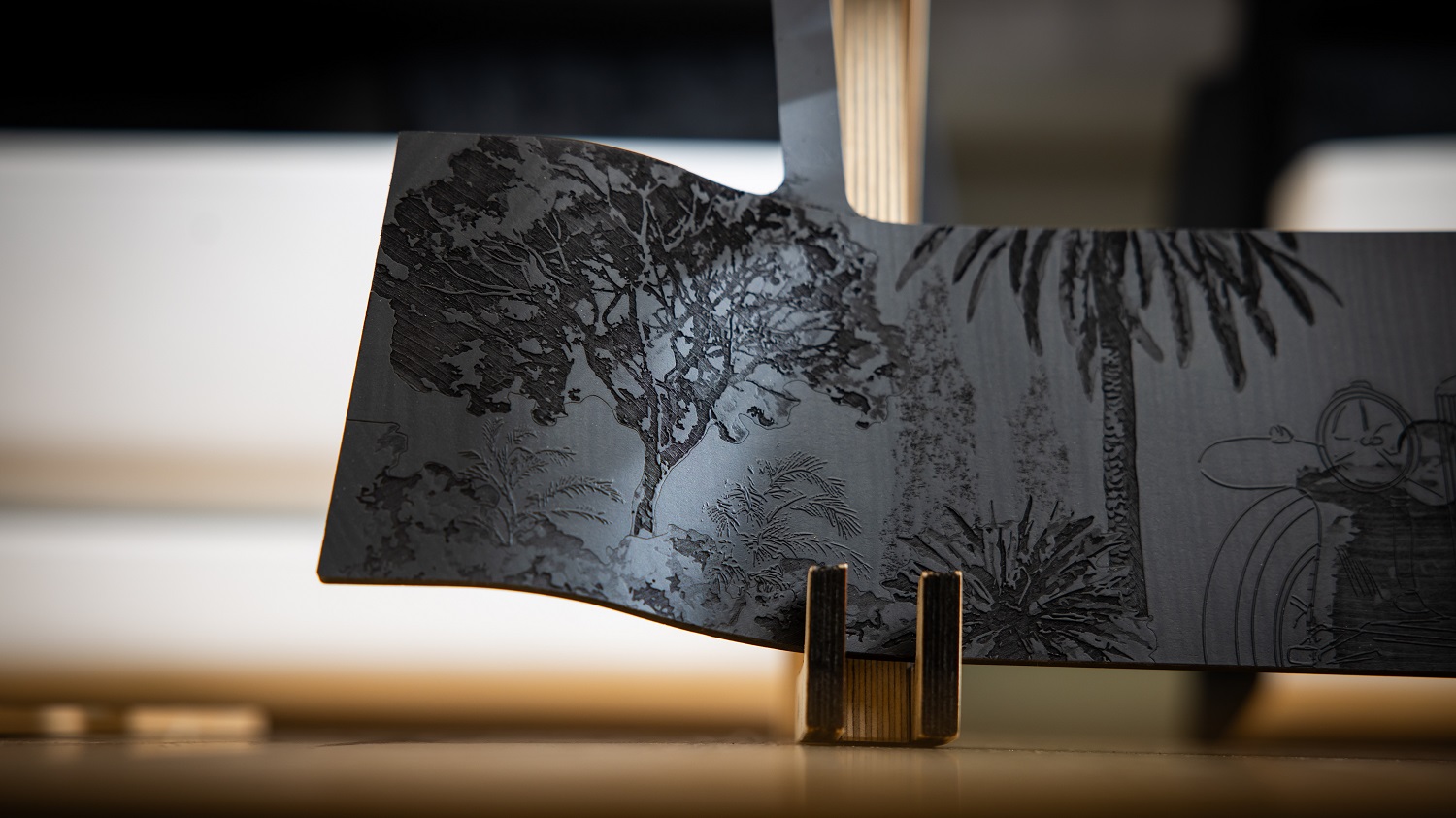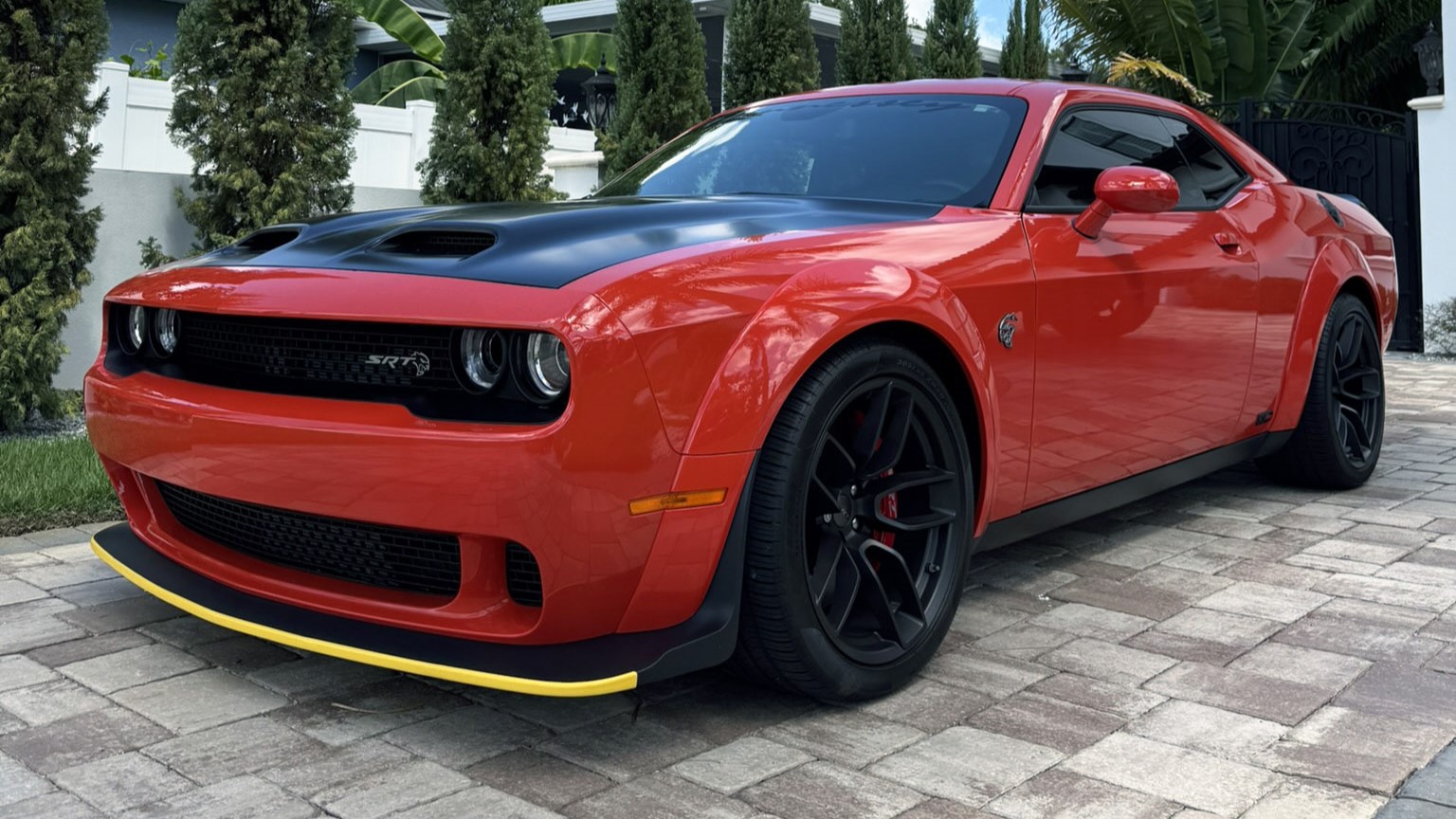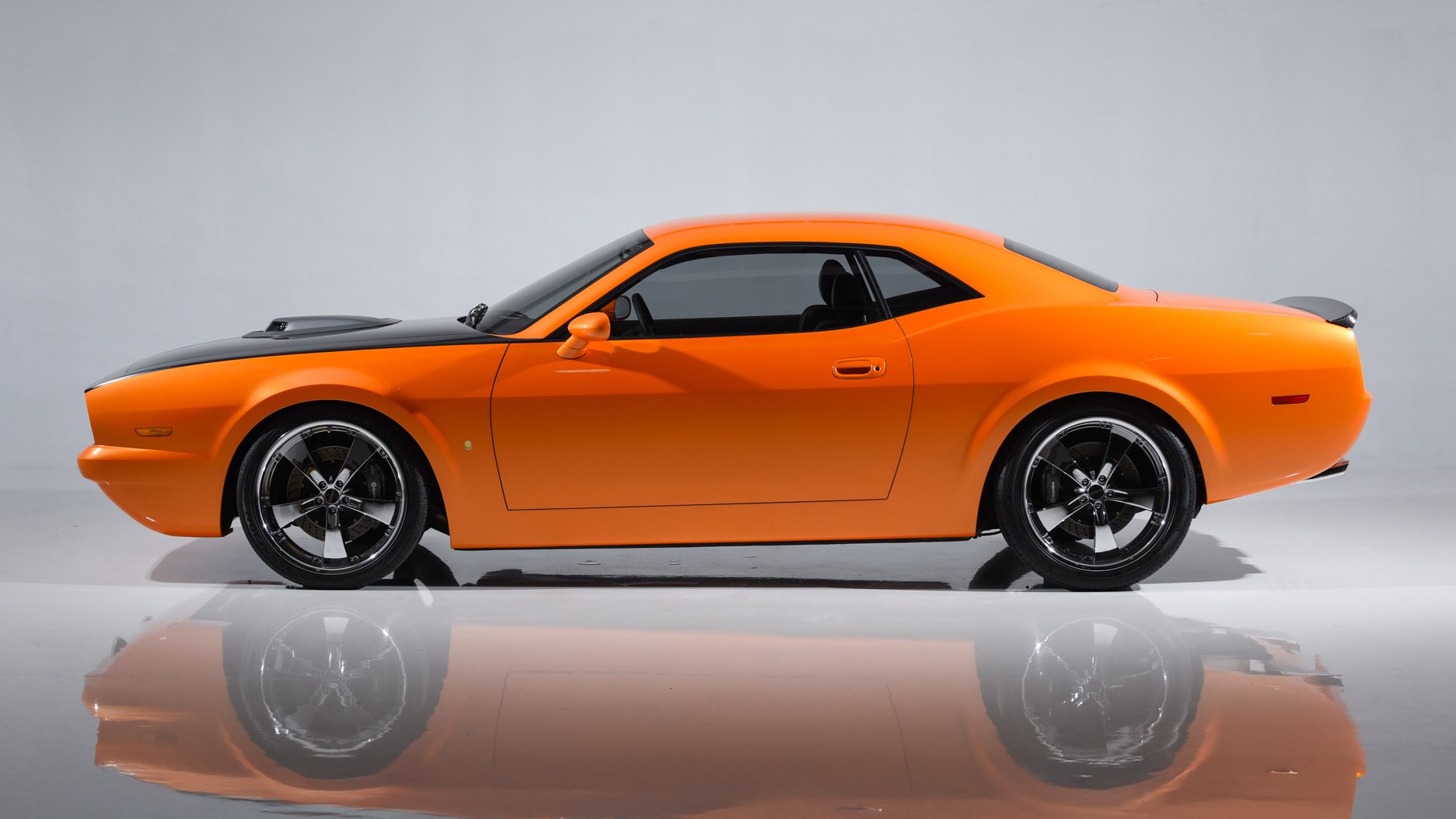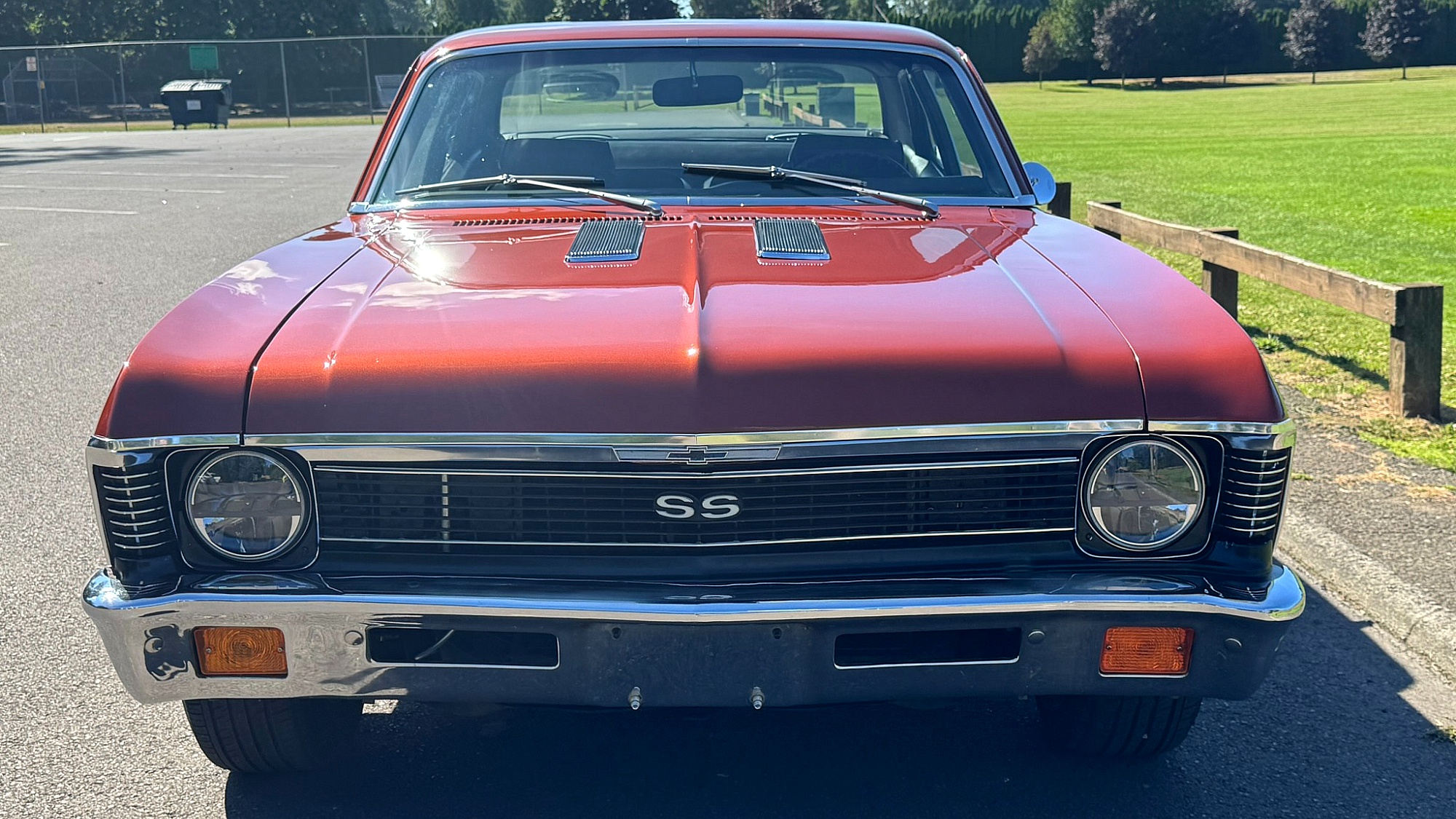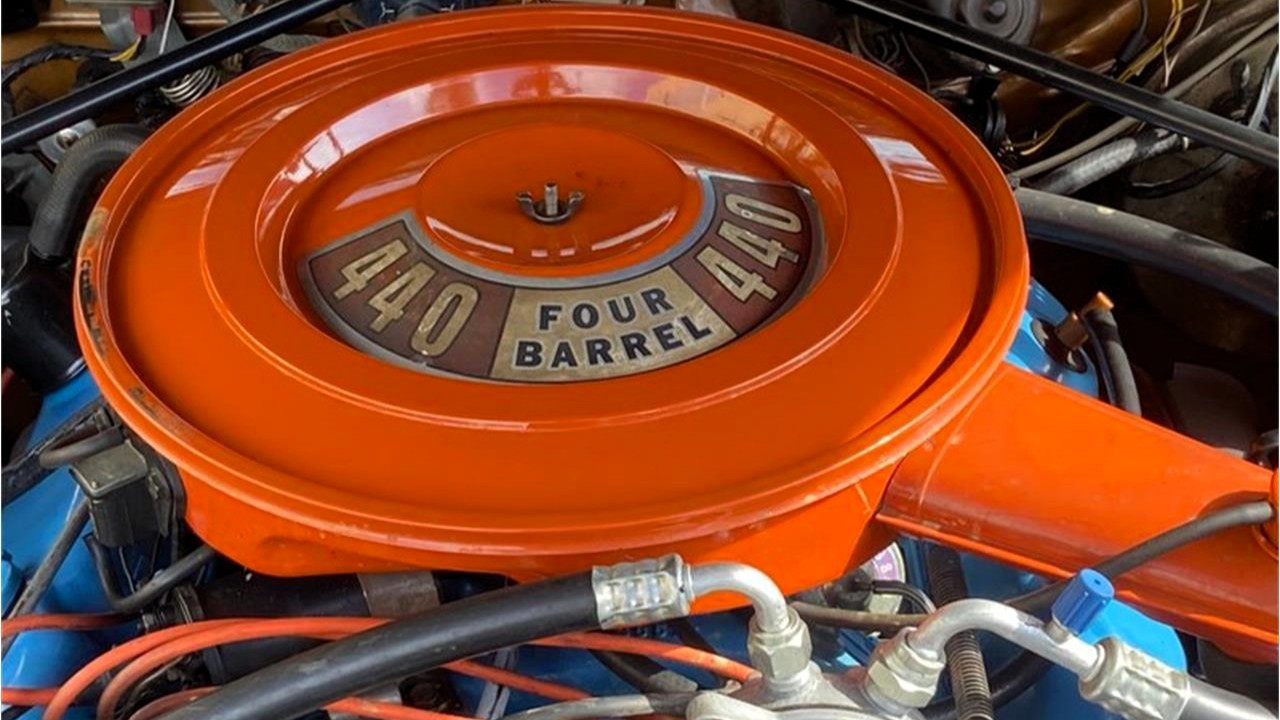The Chevrolet Camaro has been discontinued, so remaining low-mileage examples are bound to be future collector items. Featured on AutoHunter is this 2023 Chevrolet Camaro 2SS Coupe. It is being sold by a dealer in St. Louis, Missouri, and the auction will end Wednesday, October 8, 2025, at 11:45 a.m. (PDT).
The most recent (sixth-generation) Camaro was introduced at Belle Isle in Detroit in May 2015 for the 2016 model year (here is a YouTube video that documented the in-person reveal). The car was met with acclaim in the automotive press, receiving recognition as a Car and Driver “10 Best” for several subsequent years. About eight years later, the General Motors Newsroom announced that the Camaro nameplate would formally retire at the conclusion of model year 2024. Scott Bell, Vice President of Global Chevrolet, said, “While we are not announcing an immediate successor today, rest assured, this is not the end of Camaro’s story.”

Enthusiasts are eager to hear what Chevrolet’s future plans for the Camaro will be, and there is increased appreciation for low-mileage examples like this one with only 2,728 miles on the odometer. The window sticker indicates that the car was originally delivered to Capitol Chevrolet in Austin, Texas, and had a total retail price of $50,470. That price tag included the options installed by the manufacturer, namely a 10-speed automatic transmission, remote start, power sunroof, dual-mode performance exhaust system, red-finished brake calipers, and the Adrenaline Red interior package.
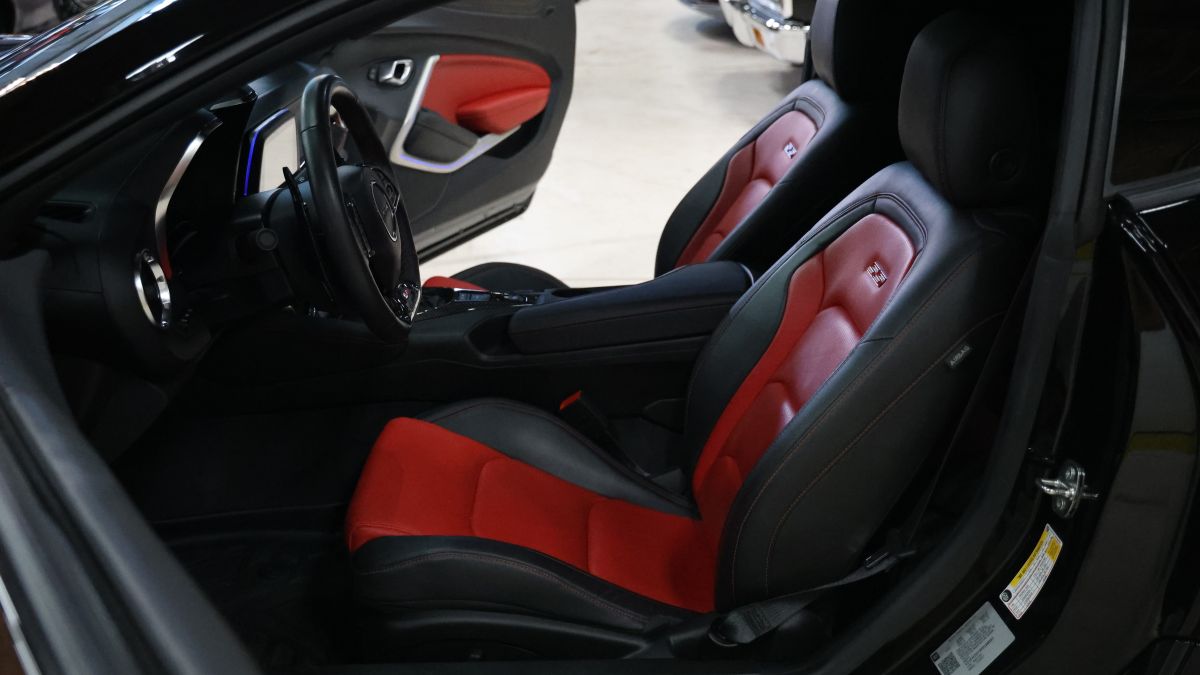
Speaking of the cockpit, in my opinion that’s where this Camaro really stands out. The two-tone black and red color combinations is elegant and sporty at the same time, and the car came well-equipped for its time. Features include carbon-fiber trim, an “Infotainment 3 Plus” touchscreen, Bose Premium nine-speaker audio system, wireless charging, and dual-zone automatic climate control.
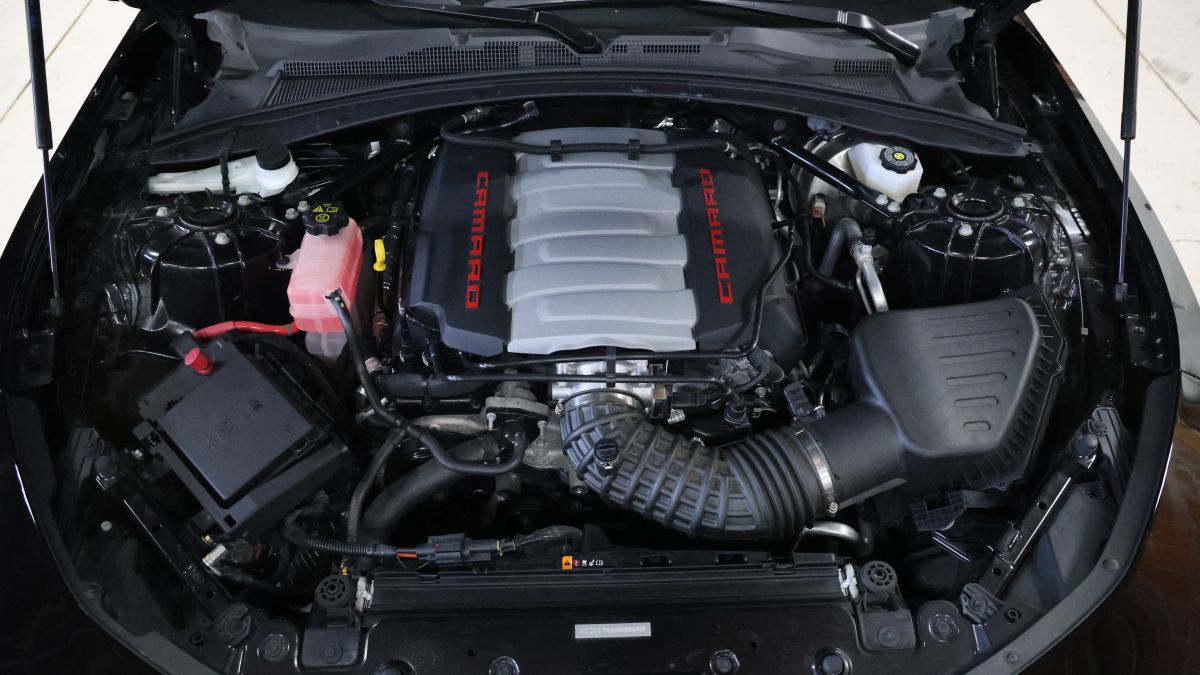
Sports car looks are best accompanied by plentiful power, and the Camaro delivers: momentum comes from an LT1 6.2-liter V8 mated to a 10L80 10-speed automatic transmission and a limited-slip differential. Chevrolet rated the car at 455 horsepower and 455 lb-ft of torque when new. One important note worth taking into consideration: according to the CARFAX report, the car carries a rebuilt/salvage title. While details surrounding the classification are not provided, it does go without saying that interested buyers are encouraged to do their due diligence with respect to the car’s condition. If history holds true, it may sell at a discount compared to its clean-title counterparts. It’s a unique opportunity to own a well-equipped, low-mileage Camaro.

Speaking of which, whenever I see a Camaro pop up in the marketplace, I can’t help but remember my fun Q&A session from almost a year ago with Leonard Stevenson, the man who’s owned 11 Camaros. Maybe he’d be interested in adding another to his collection?
The auction for this 2023 Chevrolet Camaro 2SS Coupe ends Wednesday, October 8, 2025, at 11:45 a.m. (PDT).
Visit the AutoHunter listing for more information and a photo gallery







